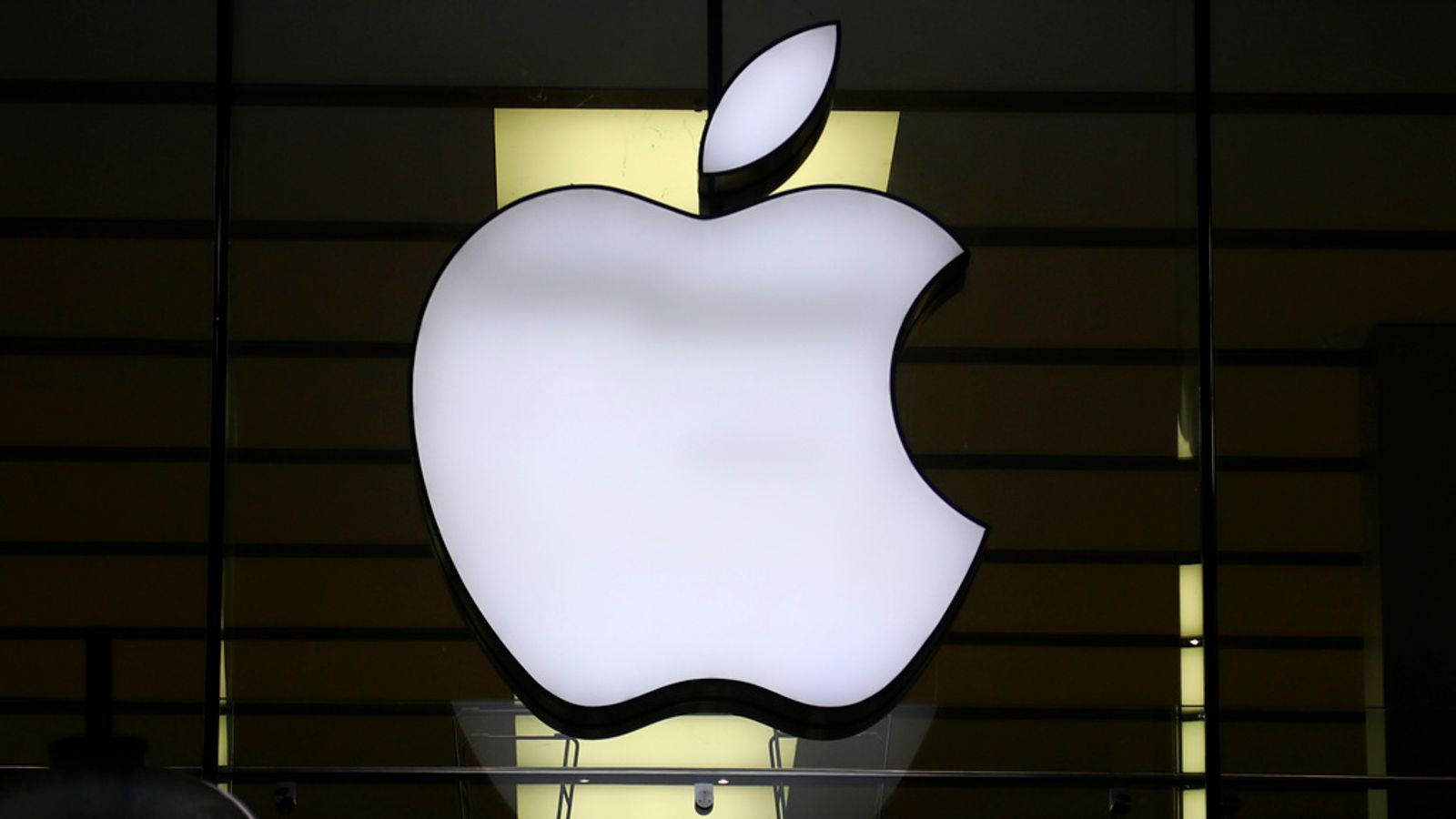Every Thursday Savings Champion founder Anna Bowes gives an insight into the savings market and how to make the most of your money…
Can you believe we are almost halfway through 2024?
Although the rate rises that we have seen this year have slowed compared with the previous couple of years, and we have even seen some falls, savers are now able to find hundreds of savings accounts that pay an interest rate higher than inflation.
The latest data from the Office for National Statistics showed inflation was still higher than predicted, however – which means the anticipated base rate cut is likely to be pushed back again – into the second half of this year.
While bad news for borrowers, this is great news for savers.
Incredibly, the latest statistics from the Bank of England show there is over £253bn sitting in current accounts and savings accounts earning no interest at all.
With top rates available paying 5% or even a bit more, that is potentially £12.65bn of gross interest that is not being claimed by savers.
So now really is the time to move your money if you have cash languishing, earning less than inflation, especially if you can lock some away with a fixed rate, as a base rate cut will happen at some stage, we just don’t know when.
Easy access
If you think you’ll need access to your money, an easy access account is a wise choice.
The base rate cuts that we have been waiting for are yet to start, so the top rates on offer are still paying almost as much as they were at the beginning of the year.
Fixed-term bonds
There is a strange phenomenon with fixed-term bond rates at the moment: the longer you tie up your cash, the lower the interest rates on offer.
Normally, you’d expect to be rewarded for tying up your cash over the longer term – but base rate forecasts have flipped this.
Fixed-term cash ISAs
A frequent complaint that I hear from savers is that the tax-free rates on ISAs are usually lower than the pre-tax rates on the equivalent non-ISA accounts – and this is particularly true with fixed-term accounts.
As many more savers are paying tax on their interest once again, cash ISAs are more popular than ever, as the tax-free rate of the ISA can still be considerably more than the interest earned after tax has been deducted on the non-ISA bond equivalents.

